Adding and Subtracting Decimals
- Adding and Subtracting Decimals
- Understanding Adding and Subtracting Decimals
- Adding and Subtracting Decimals – Rules
- Adding and Subtracting Decimals – Step-By-Step Examples
- Adding and Subtracting Decimals – Guided Practice
- Adding and Subtracting Decimals – Exercises
- Adding and Subtracting Decimals – Summary
- Adding and Subtracting Decimals – Frequently Asked Questions
Learning text on the topic Adding and Subtracting Decimals
Adding and Subtracting Decimals
Welcome to the world of Adding and Subtracting Decimals! Today, we'll explore how to add and subtract decimal numbers using strategies based on place value. We'll ensure you understand this fundamental concept and feel confident in applying it!
Understanding Adding and Subtracting Decimals
Adding and subtracting decimals is the process of combining or taking away amounts that are represented in tenths, hundredths, or even smaller units, by ensuring that the decimal points are aligned.
Adding decimal numbers and subtracting decimal numbers might seem tricky at first, but using your knowledge of place value and careful alignment of digits, it becomes like adding and subtracting with whole numbers, using methods that you are already familiar with.
Like with whole numbers, you always align the numbers by place value, making sure the decimal place is aligned too. You can use a place value chart to help you align your numbers correctly.
If one of the numbers you are adding or subtracting has fewer digits in the decimal places, you can annex, or add, zeros to make the digits the same length. This helps with aligning for addition and subtraction.
Adding and Subtracting Decimals – Rules
If you are wondering how to add decimals or how to subtract decimals, you can follow step-by-step rules for each operation. Below are the rules for you to learn and follow.
| Operation | Step | Description |
|---|---|---|
| Adding Decimals | Step 1 | Line up the decimal points of the numbers vertically. |
| Step 2 | If necessary, add zeros to make the decimal parts equal in length. | |
| Step 3 | Add the numbers as you would with whole numbers. | |
| Step 4 | Bring the decimal point straight down into your answer. | |
| Subtracting Decimals | Step 1 | Line up the decimal points of the numbers vertically. |
| Step 2 | If necessary, add zeros to the end of the decimal part to make them equal in length. | |
| Step 3 | Subtract the numbers as you would with whole numbers. | |
| Step 4 | Bring the decimal point straight down into your answer. |
Let’s check-in by answering some questions about what we have learned so far!
Adding and Subtracting Decimals – Step-By-Step Examples
Let’s walk through a decimal addition example to make sure you understand the process of adding decimals. Let's solve: 3.75 + 2.6.
- First, align the decimals, adding a zero in the hundredth place for 2.6:
- Then, add as you would with whole numbers, keeping the decimal point in the same place:
The answer for 3.75 + 2.6 is 6.35.
Now let’s walk through another example, this time for subtracting decimals. Let’s solve: 5.8 - 2.35.
- First, align the decimals, adding a zero in the hundredths place for 5.8.
- Then, subtract as you would with whole numbers, keeping the decimal point in the same place:
Adding and Subtracting Decimals – Guided Practice
Now we will walk through an example together. Let's solve: 5.82 - 3.4.
Adding and Subtracting Decimals – Exercises
Now you are ready for some decimal addition and subtraction practice on your own! For the first problem solve 7.53 - 4.6.
For the next problem, solve 8.75 + 3.42.
Adding and Subtracting Decimals – Summary
You can use place value to add and subtract decimal numbers, by following these steps:
- Align decimal points and ensure equal length by adding zeros.
- Add or subtract as with whole numbers.
- Remember the importance of place value for accurate calculation.
- Always check your answer.
Practice these steps to build your confidence and skill in decimal addition and decimal subtraction.
Explore more about Adding and Subtracting Decimals with our interactive practice problems, engaging videos, and printable worksheets on our learning platform. Your journey in mastering decimals is just beginning! Check out videos on Adding Decimals using Place Value and Subtracting Decimals using Place Value for extra practice in this topic.
Adding and Subtracting Decimals – Frequently Asked Questions
Adding and Subtracting Decimals exercise
-
Calculate the sum of the decimals.
HintsLine up the two decimals with the decimal points and add together.
For example,
For this question we add the right hand column up first. $7 + 8 = 15$ We use the $5$ and carry the tens to the next column, moving left.
SolutionThe correct answer is $12.5$.
- Line up the two numbers with the decimal point.
- Add each column from the right to the left.
- If any column is greater than $9$ write down the units and carry the tens to the next column on the left.
-
Find the sum of the two decimals.
Hints- Line up the numbers with the decimal point
- If there is a column after the decimal point without a number add in a $0$
- Start at the right and add up each column
If the column adds up to a number greater than $9$ we place the units in that column and add the tens to the next column on the left.
SolutionThe correct answer is $32.42$.
- Line up the numbers with the decimal point
- If there is a gap after the decimal point add in a $0$
- If the column adds up to a number greater than $9$ write the units in the column and add the tens to the next column on the left.
-
Subtract the decimals.
Hints- Line the decimals up with the decimal points as with addition
- Subtract the bottom number from the top one
- If the answer to the column would be a negative we use one of the tens from the next column on the left. For example,
- Start at the right and move left subtracting each column
Solution- We cannot do $3 - 6$ so we add a $10$ from the $7$ and do $13 - 6$
- The next column now becomes $6 - 3$ which is $3$
- We next do $6 - 5$ then $1 - 0$ to give us $11.37$
-
Fencing the chicken pen
HintsLine all three numbers up with the decimal points and add together. See the example here.
Start with the right column and add each column moving left. See the example here.
- Add $7 + 6 + 8$
- As this is $21$ we write down the units, $1$ and carry the tens to the column on the left.
- Now we add $5 + 2 + 6$ and the extra $2$.
- As this is $15$ we write down the units, $5$ and carry the tens to the column on the left.
- Nothing to add the $1$ to there so we can write the $1$.
SolutionThe answer is $22.2$ metres.
Start with the right column and add each column moving left.
- Add $3 + 3 + 6$
- As this is $12$ we write down the units, $2$ and carry the tens to the column on the left.
- Now we add $8 + 8 + 5$ and the extra $1$.
- As this is $22$ we write down the units, $2$ and carry the tens to the column on the left.
- Nothing to add the $2$ to there so we can write the $2$.
-
Find the sum of the decimals.
HintsWhen adding decimals, line up the numbers with the decimal point. For example,
Add each column starting at the right and continue left.
SolutionThe correct answer is $15.76$.
- Line up the numbers with the decimal point.
- Add each column starting at the right and continue left.
-
Determine the amount of flour by addition and subtraction of decimals.
HintsJack has used $1.4$ kg and $0.75$ kg of the flour.
We need to add these together first to find the total flour he has used.
When we have the total of the flour used, we subtract it from the original amount of $2.4$ kg.
SolutionThe correct answer is $0.25$ kg of flour left.
- First, add $1.4 + 0.75 = 2.15$
- Subtract $2.15$ from $2.4$
- That is $2.4 - 2.15 = 0.25$

Even and odd numbers

Divisibility Rules - 3, 6, 9
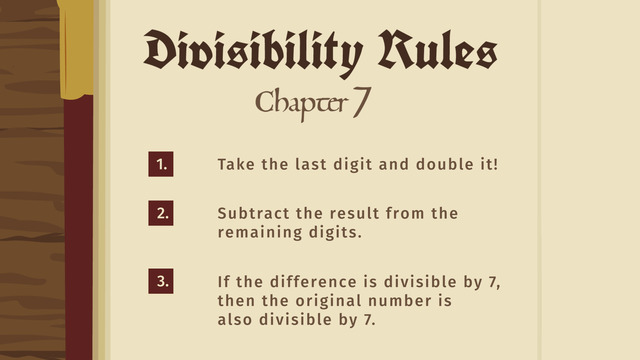
Divisibility Rules - 7

Divisibility Rules - 4, 5, 8, 10
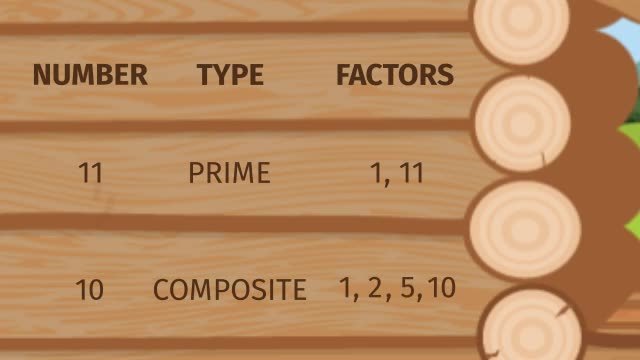
Prime Numbers

Integers and their Opposites
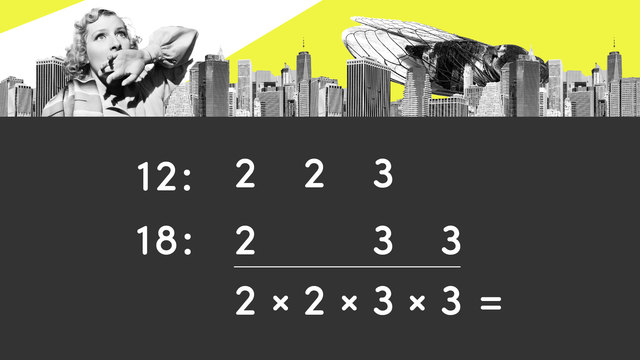
Least Common Multiples

Prime Factorization
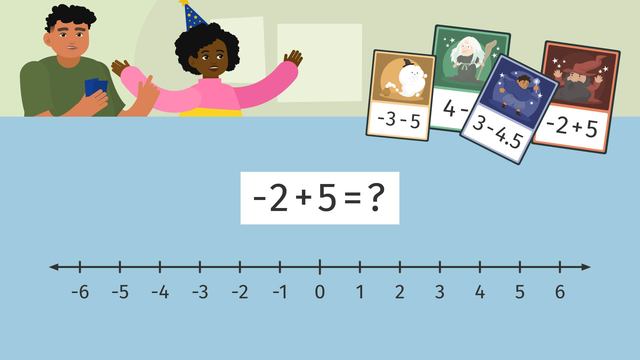
Adding and Subtracting Rational Numbers on a Number Line

Ordering Rational Numbers
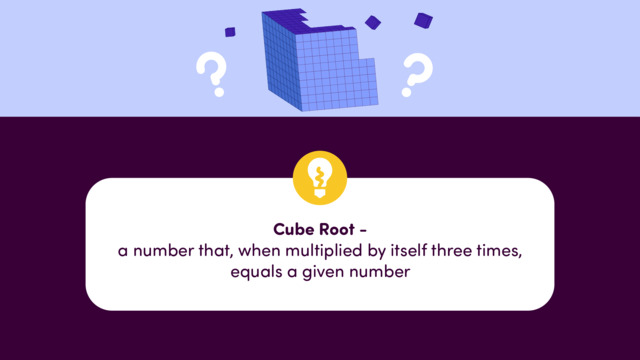
Cube Roots

Rational and Irrational Numbers

Ordered Pairs on the Coordinate Plane

Finding the Greatest Common Factor

Adding and Subtracting Decimals

Comparing Fractions

Equivalent Fractions

Simplifying Fractions
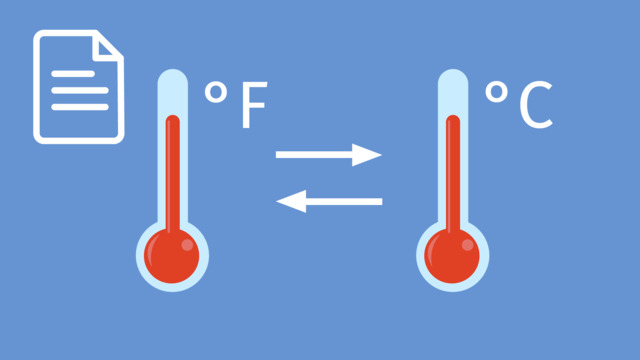
Temperature Conversion

Decimal Expansions

Division with Exponents

How to Convert Decimals Expansions

Multiplication with Exponents

Improper Fractions and Mixed Numbers

Multiplying Mixed Numbers: Word Problems














